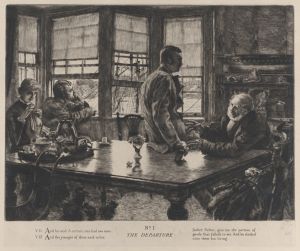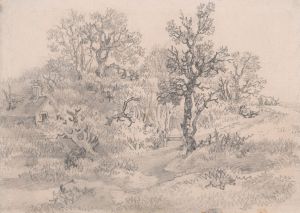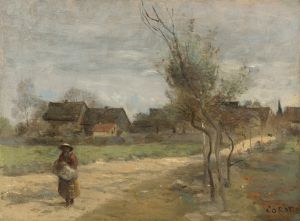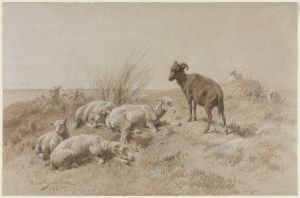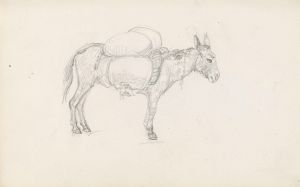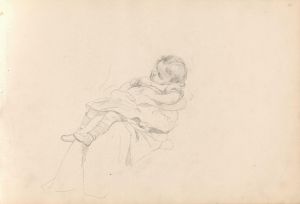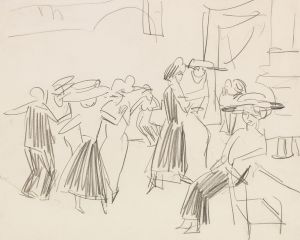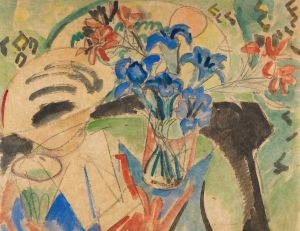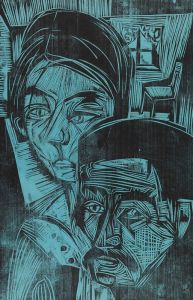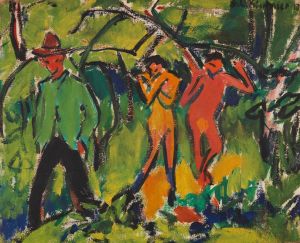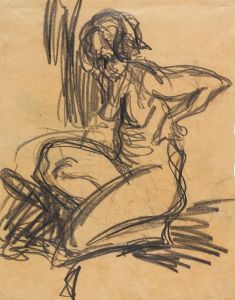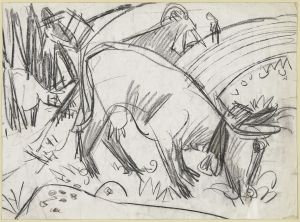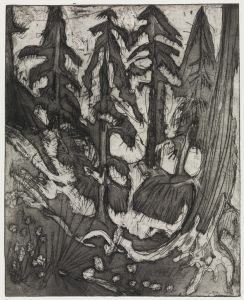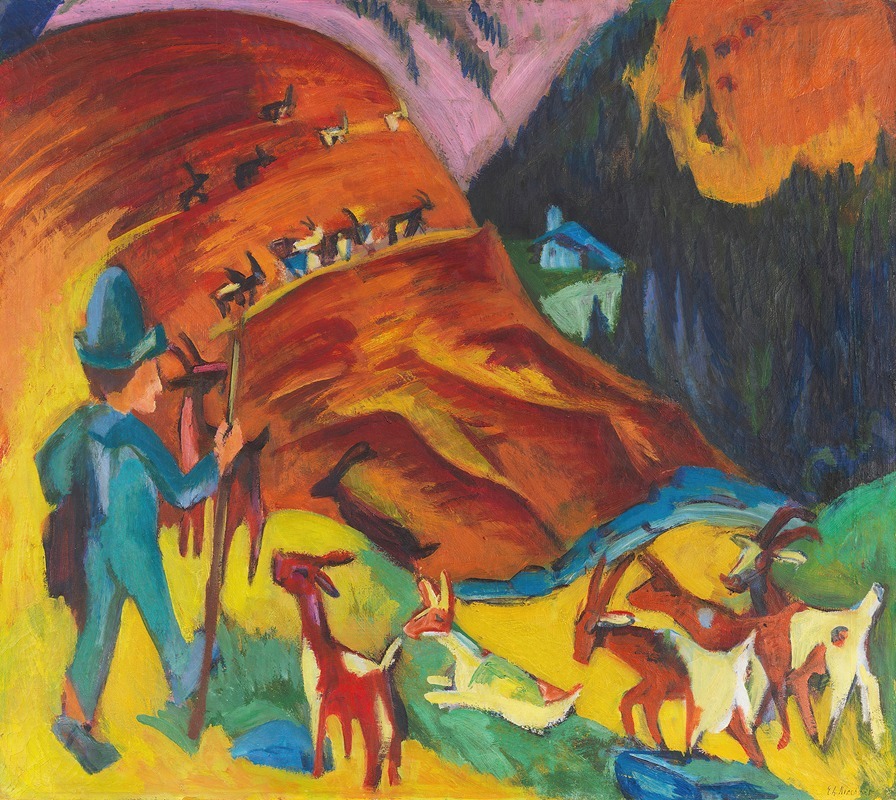
Heimkehrende Ziegenherde
A hand-painted replica of Ernst Ludwig Kirchner’s masterpiece Heimkehrende Ziegenherde, meticulously crafted by professional artists to capture the true essence of the original. Each piece is created with museum-quality canvas and rare mineral pigments, carefully painted by experienced artists with delicate brushstrokes and rich, layered colors to perfectly recreate the texture of the original artwork. Unlike machine-printed reproductions, this hand-painted version brings the painting to life, infused with the artist’s emotions and skill in every stroke. Whether for personal collection or home decoration, it instantly elevates the artistic atmosphere of any space.
Ernst Ludwig Kirchner was a prominent German expressionist painter and one of the founding members of the artist group Die Brücke (The Bridge), which played a pivotal role in the development of modern art in the early 20th century. His work is characterized by bold colors, dynamic compositions, and a focus on the human figure and landscapes. One of his notable works is "Heimkehrende Ziegenherde" (Returning Goat Herd), which exemplifies his distinctive style and thematic interests.
"Heimkehrende Ziegenherde" was created during a period when Kirchner was deeply influenced by the landscapes and rural life of the Swiss Alps. After moving to Switzerland in 1917, Kirchner found solace and inspiration in the serene and picturesque environment, which contrasted sharply with the turmoil of World War I and his own personal struggles. This painting reflects Kirchner's fascination with the harmony between humans and nature, a recurring theme in his work during this period.
The painting depicts a herd of goats returning home, guided by a herder. The composition is dynamic, with a sense of movement conveyed through the fluid lines and vibrant colors. Kirchner's use of exaggerated forms and bold brushstrokes captures the energy and vitality of the scene. The goats, rendered in a stylized manner, seem to merge with the landscape, emphasizing the interconnectedness of all living things.
Kirchner's color palette in "Heimkehrende Ziegenherde" is typical of his expressionist style, featuring vivid and non-naturalistic colors that evoke emotion rather than realism. The use of contrasting colors and the interplay of light and shadow add depth and intensity to the composition. This approach reflects Kirchner's belief in the expressive power of color and form to convey the emotional essence of a subject.
The painting also reflects Kirchner's interest in primitivism, a movement that sought to return to the simplicity and authenticity of pre-industrial societies. By depicting a rural scene with traditional subject matter, Kirchner aligns himself with this movement, emphasizing a return to nature and a rejection of the mechanized modern world.
"Heimkehrende Ziegenherde" is an important work within Kirchner's oeuvre, showcasing his mature style and thematic concerns. It is a testament to his ability to blend elements of expressionism with a deep appreciation for the natural world. The painting is housed in a private collection, and its significance lies not only in its aesthetic qualities but also in its reflection of Kirchner's personal journey and artistic evolution.
Throughout his career, Kirchner faced numerous challenges, including mental health issues and the impact of the Nazi regime, which labeled his work as "degenerate art." Despite these obstacles, his legacy endures, and he is celebrated as one of the leading figures of German expressionism. "Heimkehrende Ziegenherde" remains a poignant example of his artistic vision and his enduring connection to the landscapes that inspired him.





